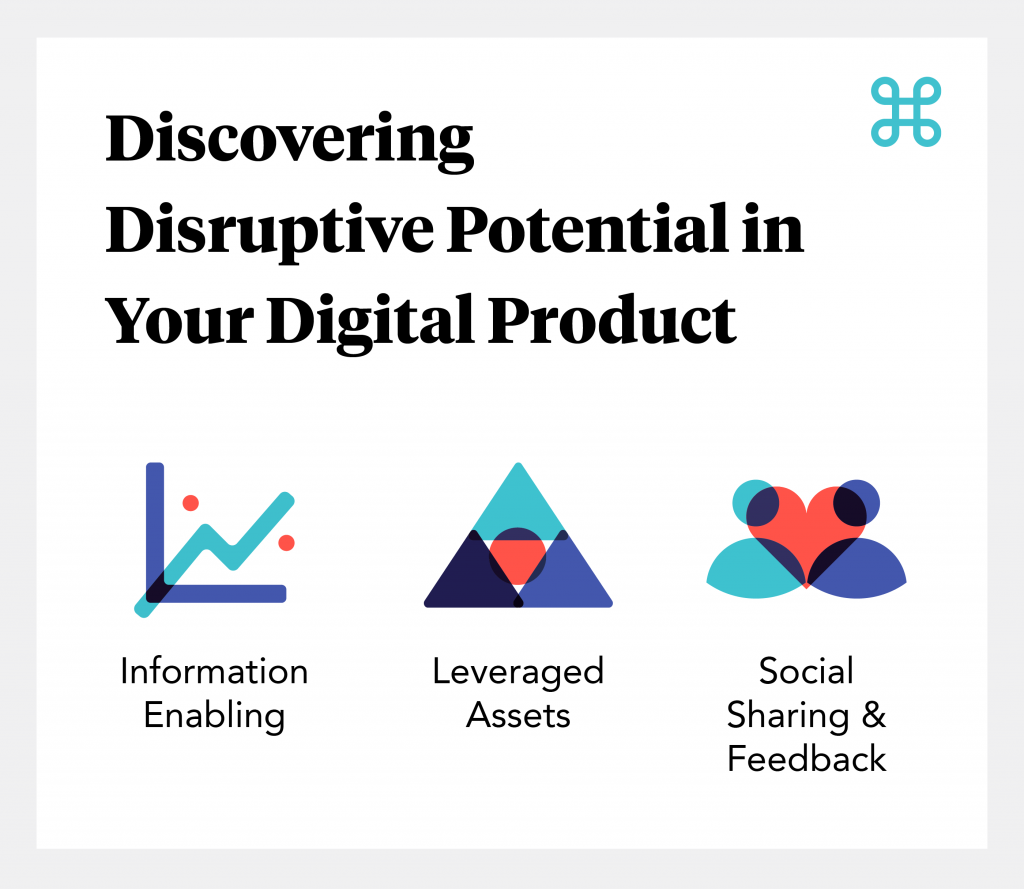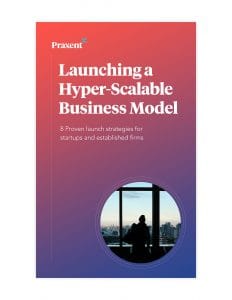
Cultivate Disruptive Potential in Your Product Concept
Define your product before you build it. This article outlines three ways to turn your product idea into a strategy for digital innovation.
This is the first article in a design-thinking series titled “Define Your Product.”
Read the second article in the series and learn how to refine value proposition and product-need definition through user research: “3 Keys to Practical User Research for New Products.”
Read the final article in the series, “How to Identify & Test a Product’s Value (Before Investing Thousands).”
Think about the investment that goes into developing new apps: doesn’t it make sense to maximize the value of an app for all that it’s worth?
Many ideas for apps or other digital products are conceived to meet some sort of existing need, and nothing more. Most of those ideas never reach their full potential.
Instead of just thinking about your product concept in terms of meeting a need or solving a problem, start thinking about key business drivers that the product could empower.
We don’t mean tacking on additional “power-up” features as an after thought, but focusing your entire product concept around functions that will unlock new revenue streams or enable hyper growth.
Those are the products that disrupt industries.

When defining your product concept, look for these three opportunities to capitalize on disruptive potential:
1. Enable Untapped Data
A data-enabled product is one that collects metadata related to the activity the user is trying to accomplish with the product. By presenting the metadata to the user in a meaningful way, the digital product is taking advantage of the insights it already has access to and adding value to the user’s experience with the product.
Case Study: Digital Innovation through a Data-Enabled Sales Tool
Solar company NRG came to us for help creating a digital product that simplifies home solar sales. We created a platform that clearly presented homeowners with solar financing options.
The platform not only brings simplicity and relief to the formerly difficult task of educating homeowners, it also collects and analyzes data about sales over time. The platform interprets the growing stream of data into fine-tuned buying experiences for homeowners, on the spot.
>> Learn how NRG earned $80 million in new sales through their data-enabled solar sales platform.
2. Decentralize Assets
This occurs when a company creates a digital product or service that capitalizes on dormant assets or talents already within their reach.
Case Study: Leveraging External Assets to Disrupt Markets
In a classic example of leveraged assets, Airbnb harnesses assets it does not own and talent it does not directly control — namely, homeowners and their houses — to make money.
3. Inherent Social Sharing & Feedback
Companies can create digital products with built-in incentive for users to mention the product to their social media networks.
Case Study: Smart Product Concept with Built-in Social Media Exposure
We developed social-enabled photo kiosk software for experiential marketing firm, Photomadic. The software not only allows kiosk users to share their photos with their social networks, it leverages those social-sharing moments for customer-generated publicity online
>> Read the full case study on how Photomadic’s social-enabled marketing analytics software unlocked new revenue streams.
Watch the Webinar: Disruptive Digital Products that Enable Hyper-Scalability
Executed properly, the right idea for an app can unlock dormant revenue streams. Find out if your product idea is worth more than you realize.
Download this free webinar and learn how to identify digital product concepts with disruptive potential.



Leave a Reply